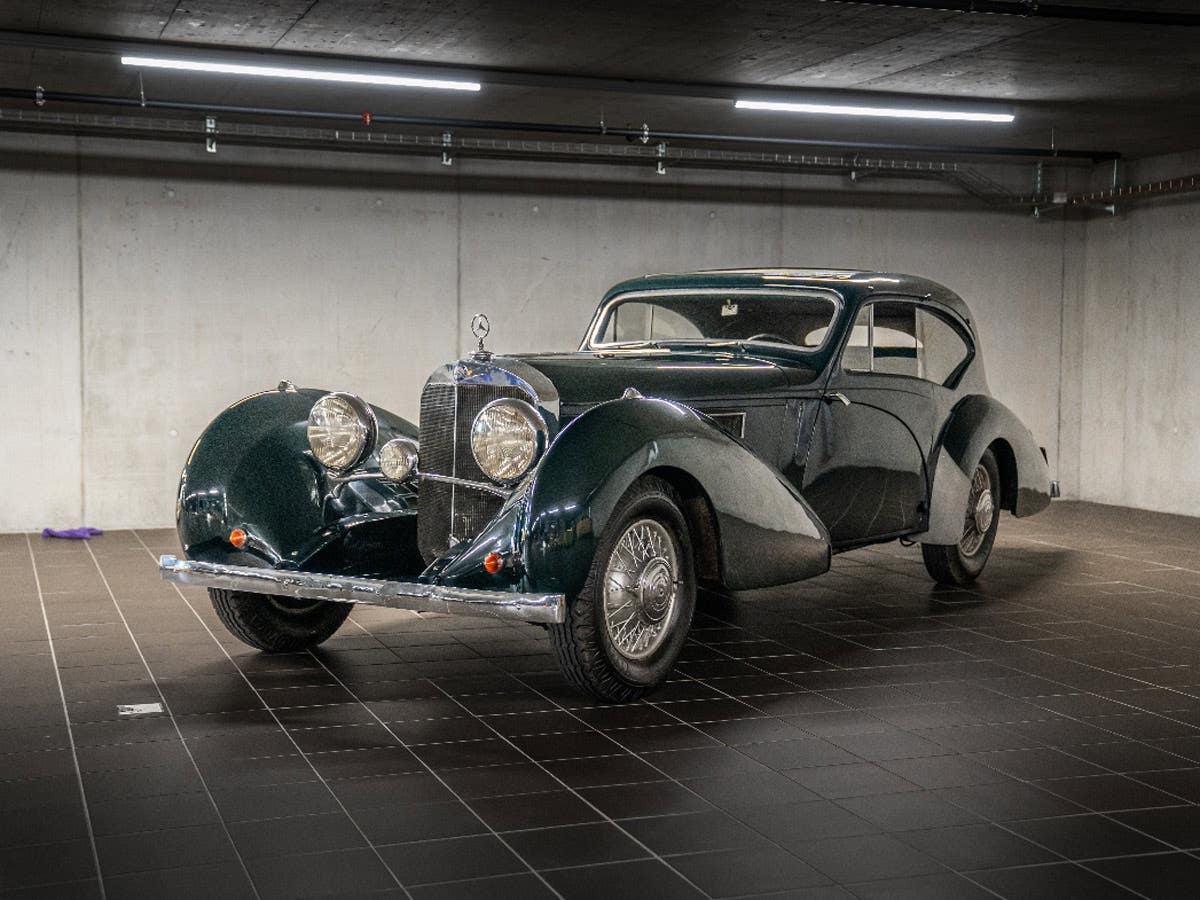Q&A: November 14, 2019 Edition
Q. Last December I purchased a beautiful 1997 Mercury Grand Marquis, deep blue with a landau top. It’s a two-owner vehicle with 34,000 miles. Since the car is 22 years…
Q. Last December I purchased a beautiful 1997 Mercury Grand Marquis, deep blue with a landau top. It’s a two-owner vehicle with 34,000 miles. Since the car is 22 years old, the roof covering is showing some wear with several small “splits” in the outer skin. Would you or your readers know of a product I could use to retard further damage?
— Dave Snyder, Suffolk, Va.
A. Indeed, although some of us may disagree, a 1997 Mercury is now an old car, and an orphan at that. The top covering has commonality with earlier vinyl-roof cars, too. Having never owned a vinyl-top car, I don’t have any experience. Readers, can you help Mr. Snyder with recommendations?
Q. I read Old Cars all the time. I generate questions from its articles that I use for trivia at our car show. I am sure I read an article about a car having tri-beam headlamps: bright, dim and passing. However, I cannot find that now to confirm it. Can you help me with what car had these and what issue this info was in?
— Don Alexander, Duncan Falls, Ohio
A. Neither editor Angelo VanBogart nor I remember a recent article on this topic, but I’m familiar with the headlights you describe. In the 1960s, my cousin had a 1936 Oldsmobile with tri-beam lamps. My recollection is a bit hazy, but I was able to find an owner’s manual for that year. Oldsmobile called them “multi-beam,” and they used four-section reflectors and special lenses. The left and right lenses were different; the left illuminating the right side of the road while the right was aimed ahead and to the left (cross-eyed, in other words). The light switch had three positions: park and taillamps; low beam (both headlamps); and upper beam or passing. There was also a floor-mounted dimmer switch, effective on the upper beam position only. The passing beam dimmed the right headlamp, which was aimed at the oncoming lane, while the left lamp continued to light up the car’s own lane and the right-hand roadside at full brightness.
The manual goes on to say “[m]ulti-beam headlamps have been designed to insure (sic) the motorist of maximum safety for night driving, but to benefit by this safety the motorist must be willing and anxious to use his head-lighting equipment in the manner intended…be sure that you use either your passing beam or your lower beam when another car is approaching.” I don’t remember driving that car at night, so I can’t comment on the effectiveness. Neither am I sure how long this system was continued or whether other GM divisions used it, but it was certainly overtaken by the sealed-beam headlights that became almost universal in 1940. I say “almost universal” because, contrary to conventional wisdom, there was no government mandate to use them. Graham and Bantam, at least, continued to use bulb-type lamps.
I see some references to tri-beam headlamps on Packards in the early 1930s. One mentions three-filament bulbs. Packard partisans, can you illuminate?
Q. I have a friend who subscribes to Old Cars magazine. He suggested that I write you and send a picture [below] of my father standing with an old car that I am not able to identify. The picture was taken on July 18, 1936, on Belle Isle, an island in the Detroit River in Detroit. After looking at it several times, I am not able to determine the make or year of the car. Can you possible identify it? I would appreciate any assistance you can provide.
— Harold N. Hancox, via email
A. I believe it’s a 1928 Hupmobile Series A Century Six coupe.
To submit questions to this column: E-mail
oldcars@aimmedia.com or mail to: Q&A, Old Cars,
5225 Joerns Drive, Suite 2, Stevens Point, WI 54481.







